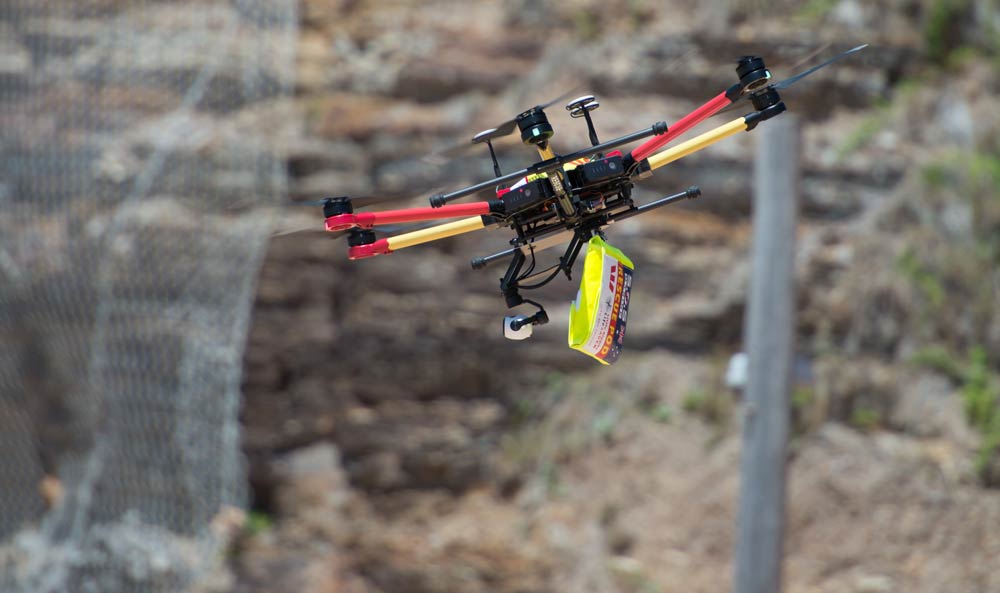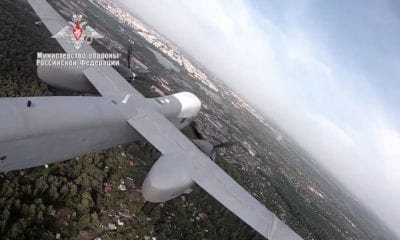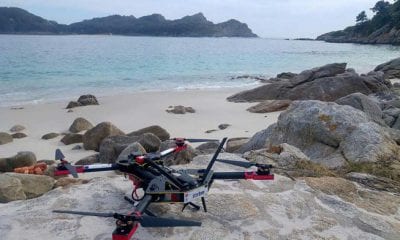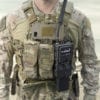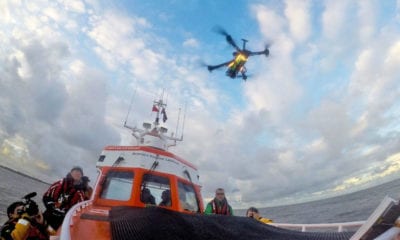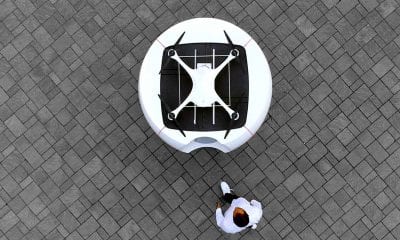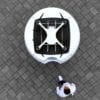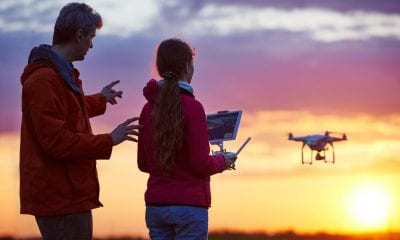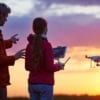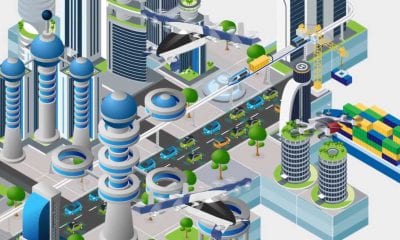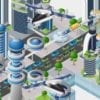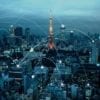Drone Hive
Drones in Search and Rescue Operations
Welcome to the 21st century – a time when even an unmanned aircraft (also known as drone or UAV) can aid in the search and rescue process. A time when emergency services, police officers, firefighters or even volunteer rescue teams use drones in search and rescue – all in order to locate the missing persons in need of rescue in different environments.
What are Drones in Search and Rescue & How do They Operate?
In case you didn’t know, unmanned aerial vehicles (UAVs) or drones are able to provide real-time visual information and imagery to save time and help make better decisions. Since they are electronic and very cheap to operate, drones in search and rescue can cover large areas and provide situational awareness over a large area in a quick way.
The biggest benefit here is the reduced time in saving someone in a mission – as well as the number of searchers required to locate and rescue an injured or lost person. It is safe to say that the drones in search and rescue are efficient, cost-effective and quicker than many other alternatives. Their real-time data and imaging, day or night, aids in the search and rescue of missing people and can even integrate technologies which filter infrared (IR) thermal imaging to detect human body heat, as well as hidden objects.
Common Applications of Drones in Search and Rescue
The common applications of drones in search and rescue are not still limited. So far, we have seen these unmanned aerial vehicles in a variety of situations such as:
- Search for suspects and missing people
- Accidents and crime scenes that need investigation or documentation
- Search and recovery missions
- Disaster and emergency analysis
From this, it is safe to say that there are many applications in which drones are already used – and many additional ones which can benefit from them. Speaking of benefits, let’s talk about the main benefits of drones in search and rescue.
The Benefits of Drones in Rescuing Missions
Basically, the main thing that makes drones attractive to searchers and rescuers is the fact that they can easily fly in, move around and access any disaster zone or hard-to-reach area. Compact and efficient, their size allows them to go in and get out of disaster zones without the danger of putting a real pilot or crew in harm’s way. At a fraction of the cost of using a helicopter or plane, drones are perfect for investigating, researching and locating anything that is missing.
Some of the most important features that are linked to their benefits include:
- High-resolution mapping of any simulated area
- Getting the first look or basic assessment of an area – Before sending people there
- Thermal cameras – Ideal for locating survivors or people thanks to their thermal (body) heat
On top of this, there are many situations where drones have medical and other supplies attached to them – which transforms them from investigational units to a piece of helpful technology. When flown into quarantined or inaccessible locales, drones delivering medical supplies to people in need of them are the perfect solution for search and rescue missions.
Are There Any Limitations?
Just like any form of technology, drones in search and rescue have their own limitations.
The biggest limitation here is the fact that drones are relatively ineffective when compared to drone pilots and rescue teams. After all, drone flights could not help or directly rescue people – they can only aid them and bring supplies.
Another limitation comes with the thermal cameras. While they are definitely nice to have when locating people in large areas, they sometimes fail to detect heat (especially during the day) because of high temperatures.
Use Case Examples: Where Have Drones Helped in Searching & Rescuing So Far?
Even though they can not directly rescue or save people, drones are the crucial first step in locating someone and making all the efforts to save them. So far, we have seen the technology help people in many occasions.
Below, we are listing 3 examples of drones in search and rescue and their successful missions.
DJI Drone Saves A Life In The UK – The south coast city of Exmouth in the UK was once investigated by a DJI drone in order to find an individual. In this mission, the Drone Team of Devon, Cornwall and Dorset Police all worked together and searched the individual for hours on foot. However, when the drone was put up by the team, the semi-conscious man was found within 8 minutes using a thermal imaging camera.
Here’s the moment we found a high risk missing person on the cliffs at Exmouth within 8 minutes of being airborne. Saving his life and hours of searching on foot by multiple agencies.#DronesForGood #Drone #Police @DC_Police @dorsetpolice pic.twitter.com/VDdEONFeem
— Alliance Pol Drones (@PoliceDrones) June 6, 2018
A Suspect Spotted After He Ended Up In A Lake – Watery bodies are no exception for drones in search and rescue. A great example for this is the mission of the Indianapolis Fire Department (IFD) in the US and their ability to save a person fleeing police. Aside from spotting the suspect, the drone came out with a life vest attached on it, helping the team that rescued the individual and pulled him out of the water.
2577 Kentucky Avenue, one person in the water after fleeing police. Fire Department #UAV 82(Drone) deployed life vest. @IFD_NEWS Dive Rescue Team deployed a boat with @IMPDnews to make pull the individual from the water. pic.twitter.com/aN7hQutfiC
— Wayne Twp Fire Dept (@Waynetwpfire) May 31, 2018
Drone Operators Assisting Search And Rescue Teams In Devastating Floods – In 2015, the states of Texas and Oklahoma were hit by devastating floods which created a lot of chaos in the US and killed at least 17 people in both states. The drone operators helped in this mission and prevented the deaths of many other people. Their main advantage in this mission was the fact that they could be flying lower than helicopters, therefore providing an aerial footage that is precise and at a fraction of the cost. Many people were rescued from the chaotic environment, all thanks to the live video footage by the drone’s camera.
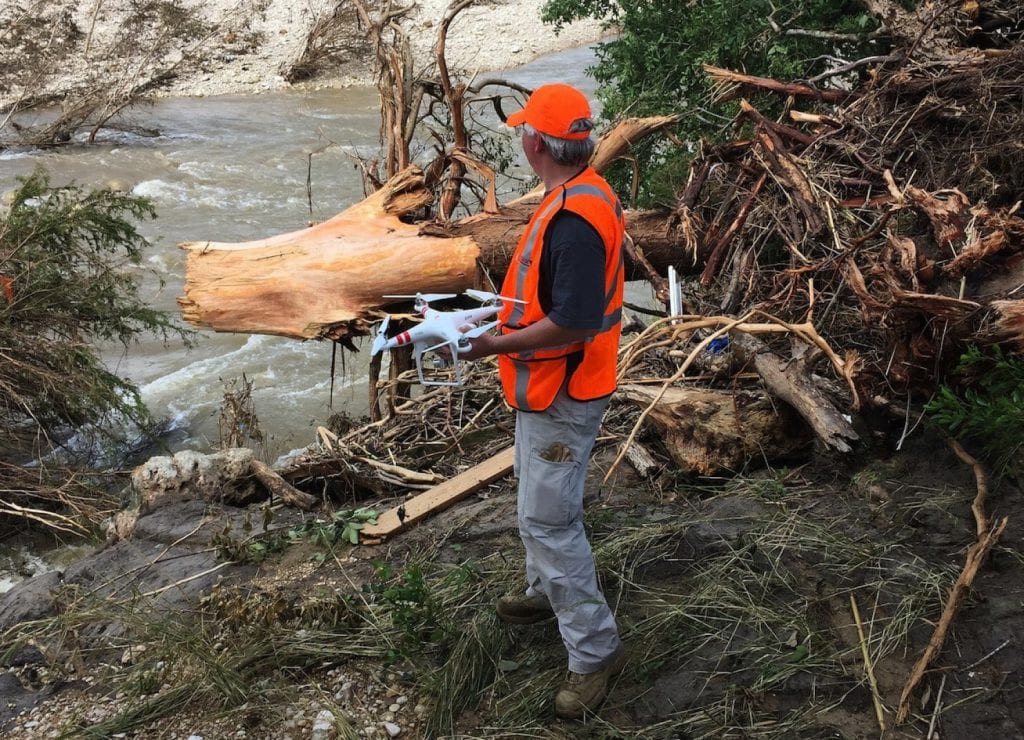
Jerry Hendrix’s team flew a drone for 45 minutes, inspecting three miles of shoreline. (Courtesy Texas A&M University-Corpus Christi)
A Final Word
From the UK to the US, Haiti and the Philippines, drones in search and rescue are not anymore a ‘new technology’ that is on the way. Instead, they are an integral part of many search and rescue missions – and a vital technology that is about to be deployed in many similar situations.
From mapping the area to accessing all types of environments, drones make most of their high-resolution cameras, thermal heat features and high coverage ability and help in saving lives – in drastically less time than individuals on foot.
This makes drones in search and rescue a technology we should not skip. More importantly, it gives another major use case for drones and the amazing technology deployed in them.

